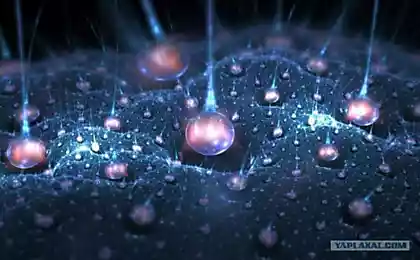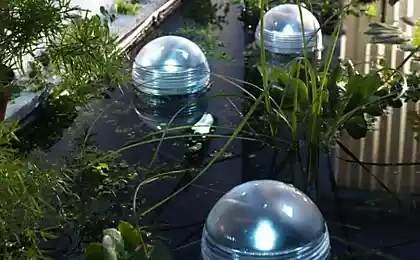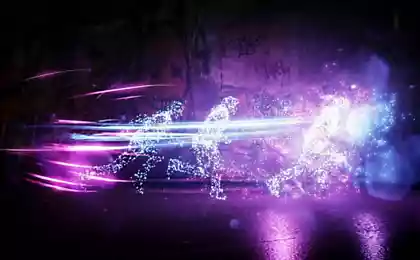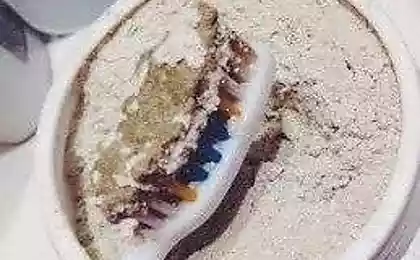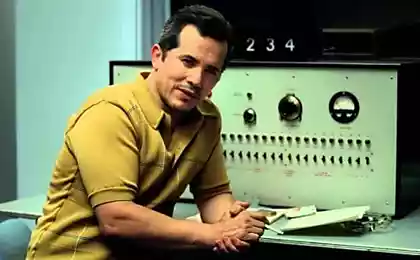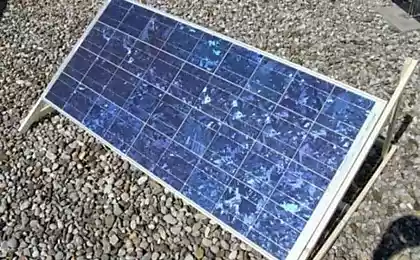427
Scientists have created electrically conductive clay that could replace the electrodes in the batteries
Sixteen million one hundred sixty eight thousand eight hundred forty nine
Researchers from Drexel University recently announced that it has developed a conductive clay, which is an "exceptionally viable candidate" for the role of an electrode in batteries and supercapacitors. Of course, before this commercialization of a new super-material which scientists have named MXene, is still far, but already he's showing some pretty amazing properties.For example, scientists have identified in MXene three main features:
1. This material is hydrophilic, in other words, in contrast to the dense and waterproof graphene, it "loves" water. As the researchers explain, the clay itself is layered and when wet, the water molecules penetrate between the layers and make the clay very plastic and easy to handle.
2. Plasticity and malleability of the clay, in turn, provides the possibility of formation of this material structures of any shape, including flat or tubular, depending on the application. In addition, for the formation of structures of MXene not require adding a special binder or electrically conductive materials, which makes the clay even more attractive from the point of view of mass production.
3. The conductive clay can boast quite a large capacitance of 900 f/CC moreover, scholars argue that MXene does not lose its original capacity after more than 10 thousand cycles of charging/discharging.
It should be noted that MXene was first discovered in 2011. It is a material consisting of two-dimensional titanium carbide derived from MAX phases. But now scientists from Drexel University have developed a new, much faster and more secure method of gidratatsii material to clay-shaped consistency, than the old method, and using readily available materials. If earlier researchers was required one day to make the electrode out of the MXene clay, now they can do it within 15 minutes.
In the short video below, scientists from Drexel University talk about the features of the new material.
Source: www.cheburek.net
Researchers from Drexel University recently announced that it has developed a conductive clay, which is an "exceptionally viable candidate" for the role of an electrode in batteries and supercapacitors. Of course, before this commercialization of a new super-material which scientists have named MXene, is still far, but already he's showing some pretty amazing properties.For example, scientists have identified in MXene three main features:
1. This material is hydrophilic, in other words, in contrast to the dense and waterproof graphene, it "loves" water. As the researchers explain, the clay itself is layered and when wet, the water molecules penetrate between the layers and make the clay very plastic and easy to handle.
2. Plasticity and malleability of the clay, in turn, provides the possibility of formation of this material structures of any shape, including flat or tubular, depending on the application. In addition, for the formation of structures of MXene not require adding a special binder or electrically conductive materials, which makes the clay even more attractive from the point of view of mass production.
3. The conductive clay can boast quite a large capacitance of 900 f/CC moreover, scholars argue that MXene does not lose its original capacity after more than 10 thousand cycles of charging/discharging.
It should be noted that MXene was first discovered in 2011. It is a material consisting of two-dimensional titanium carbide derived from MAX phases. But now scientists from Drexel University have developed a new, much faster and more secure method of gidratatsii material to clay-shaped consistency, than the old method, and using readily available materials. If earlier researchers was required one day to make the electrode out of the MXene clay, now they can do it within 15 minutes.
In the short video below, scientists from Drexel University talk about the features of the new material.
Source: www.cheburek.net






